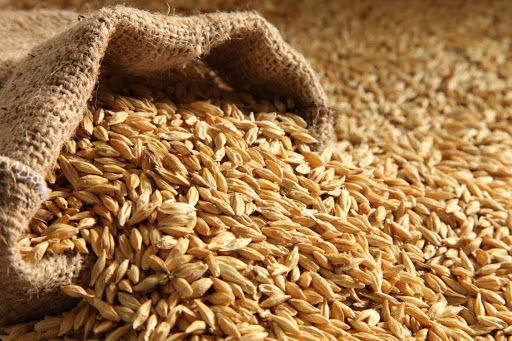Uncategorized
Storing Dry Malt
Because base malts are not as highly-kilned as other specialty malts, they are usually not able to be stored as long as specialty malts. With proper storage, base malts can start to see loss of quality and flavor after 6 months. Specialty malts, on the other hand, can start to see loss of flavor and quality after 12–18 months.
A base malt that has started to go bad will see loss of enzymatic activity, may be harder to grind, and sometimes can add a haze to the final beer product. Moisture is going to degrade the quality of the malt so storing it in a cool, dry place will prolong the life and quality of the malt. Keeping the malt whole and protected by the husk until brew day is another important step in keeping the quality of the malt the same as when you bought it. If you do need to crush it and then store it, or if you purchased pre-crushed malt, keep it in a dark, cool, extremely dry place, and use it as quickly as possible. Unlike whole malts, crushed malts do not have an intact husk to add an extra layer of protection from excess moisture and can go stale much more quickly.

One quick and easy check is to give the malt a taste. If it tastes stale or unusual, it might have gone bad or be on the downturn. Another quick test would be to weigh the malt to see how much moisture the malt has picked up. If you had an exact weight of the fresh malt (say 50 lbs./22.7 kg) and the malt now weights significantly more (say 50.5 lbs./22.9 kg) it has picked up moisture and that can lead to mold or undesirable flavors.
Base malts are some of the best to purchase in bulk because of how much of the grain bill typically consists of base malts and the savings that come along with purchasing 50-lb./22.7-kg sacks vs. just enough for each single batch individually. Investing in good malt storage containers can definitely help to prolong the life of the malt. Good storage containers should be made of a strong, durable material (plastic works great), and should be airtight. They should be able to keep out moisture and bugs to keep the malt dry and free of contaminates.

 Tiếng Việt
Tiếng Việt

